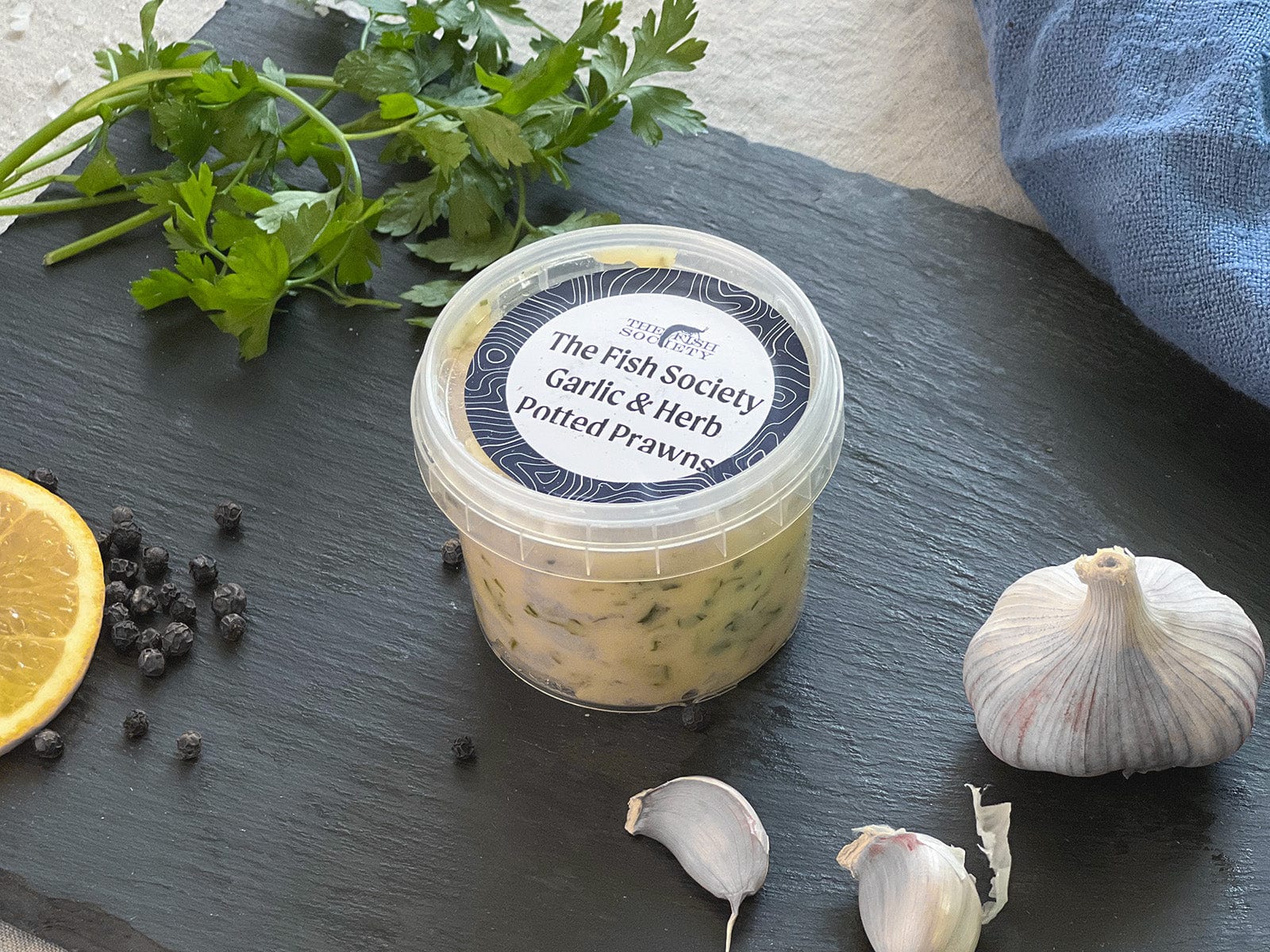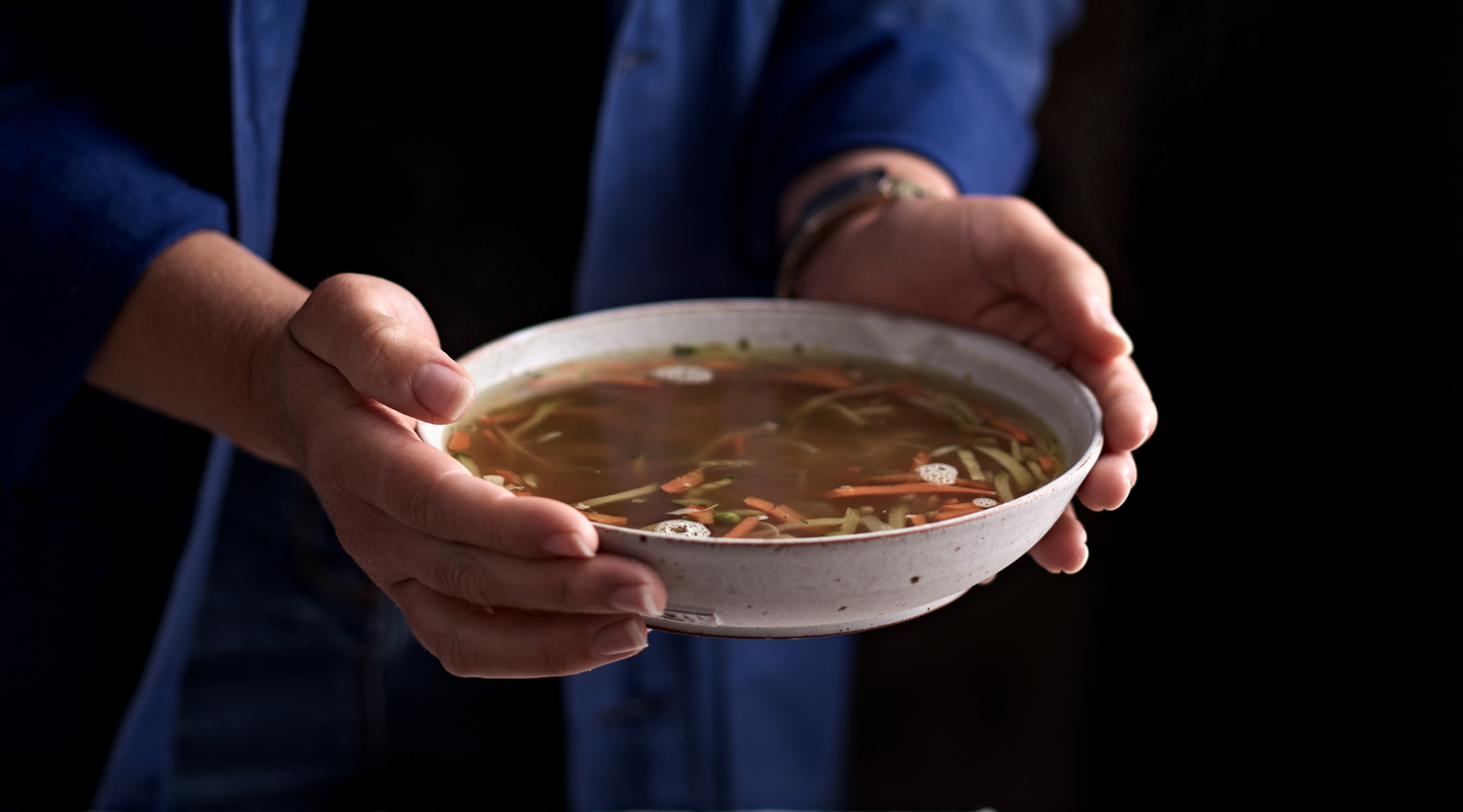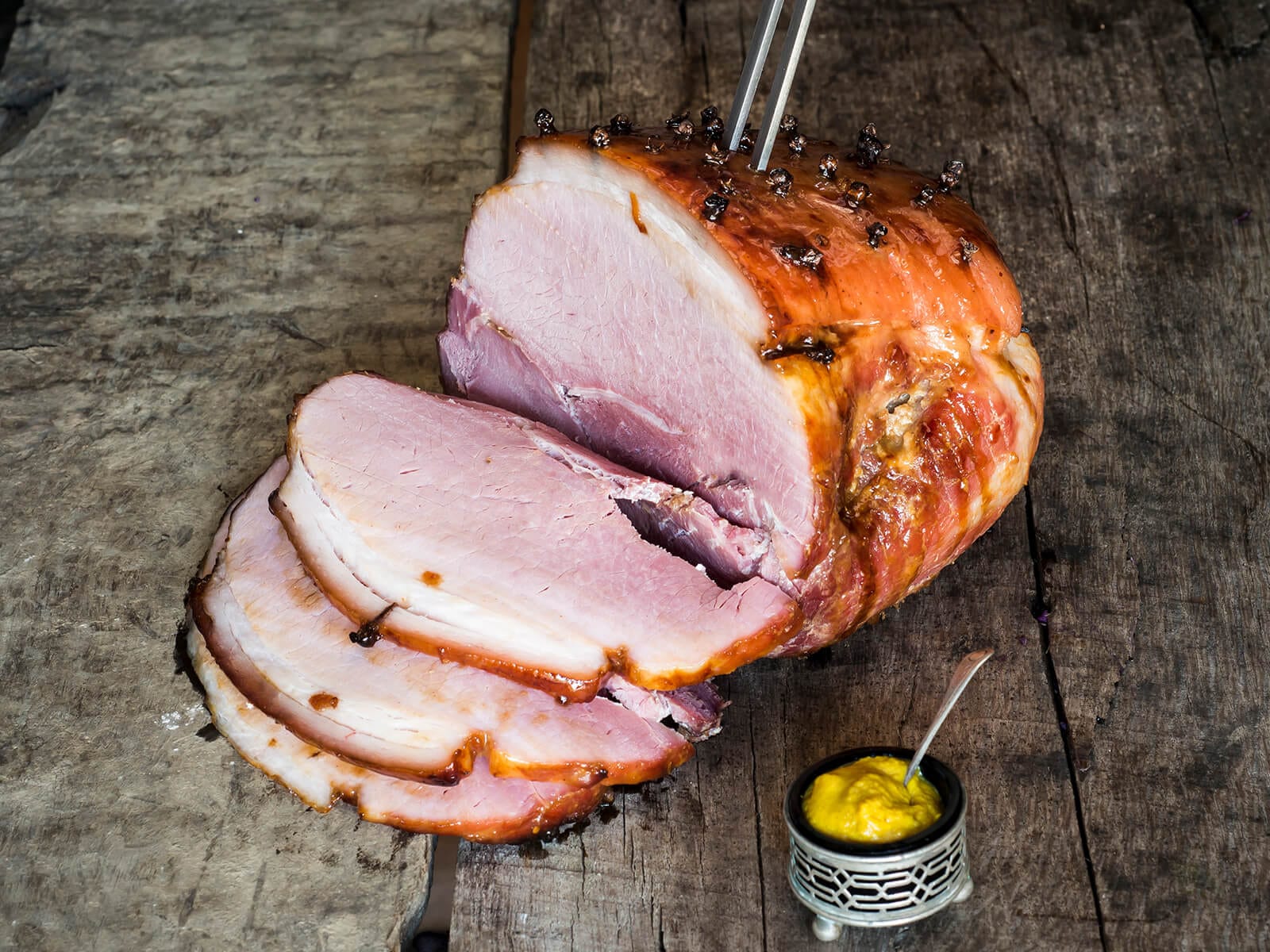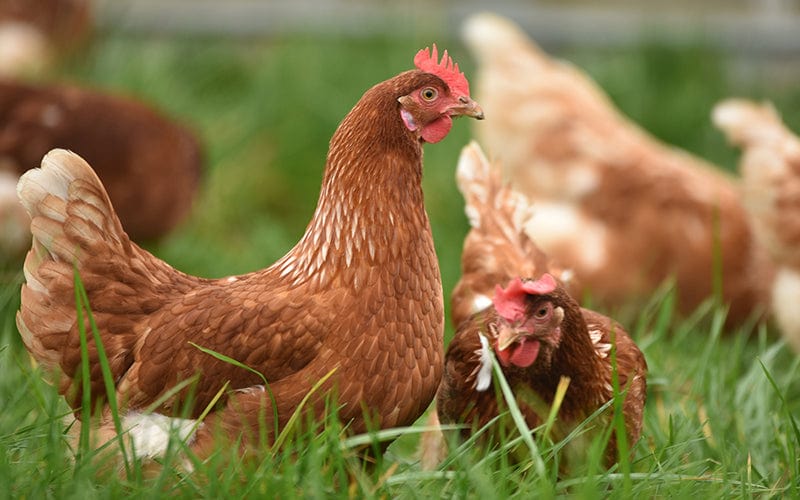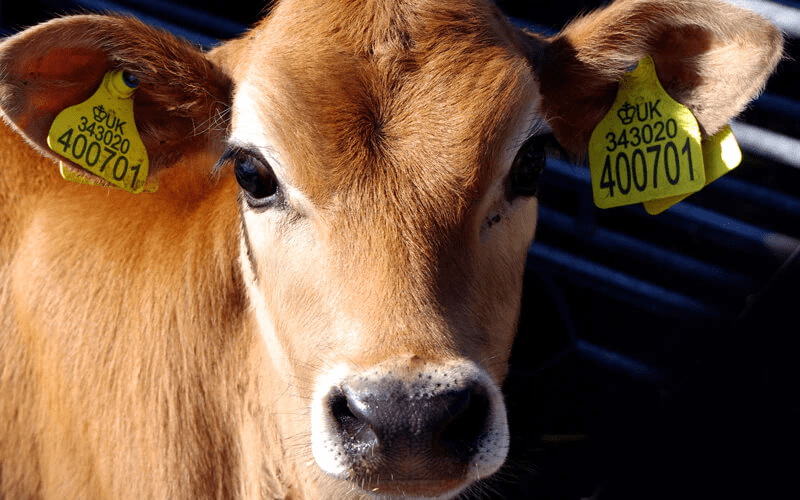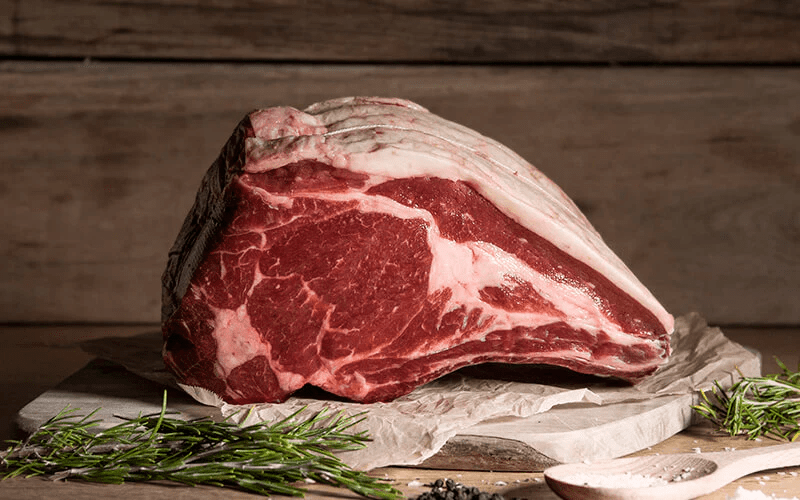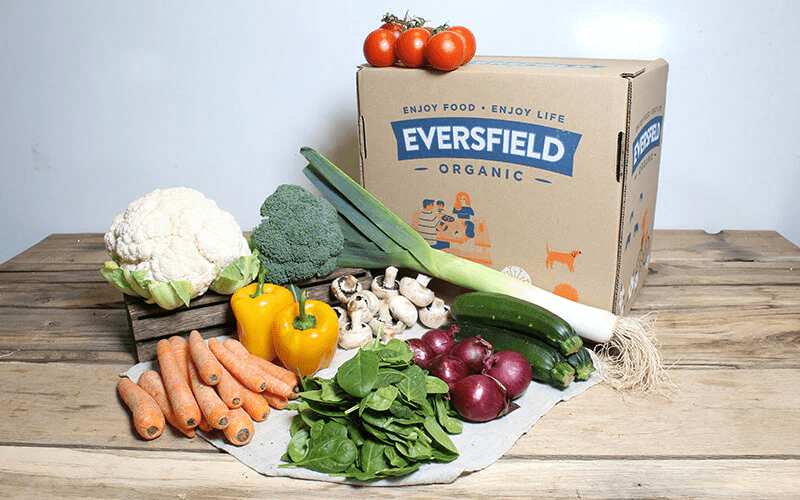As part of our Eating For Health series, where we examine how our diet is key to restoring optimum health, we take a closer look at the FODMAP diet
Navigating dietary restrictions can be challenging, especially when it comes to managing conditions like irritable bowel syndrome (IBS). One approach popularised in the 00’s is the low FODMAP diet, known for its potential to soothe a troubled gut.
In this guide, let us delve into what the low FODMAP diet entails, why it might work for you, and how to get started.

Understanding FODMAP
The low FODMAP diet focuses on reducing the intake of certain types of carbohydrates, catchily known as fermentable oligosaccharides, disaccharides, monosaccharides, and polyols (FODMAPs). For those of us without a degree in biochemistry, these are compounds that can be poorly absorbed in the small intestine, leading to bloating, wind, abdominal cramps, heartburn and diarrhoea.
For those living with IBS or other digestive issues, adopting a low FODMAP diet can offer significant relief. Research indicates that this dietary approach can effectively minimise their symptoms.
A low FODMAP typically involves three phases: elimination, reintroduction, and personalisation.
During the elimination phase, individuals strictly avoid high-FODMAP foods for around a month. This is to alleviate symptoms and establish a baseline.
In the reintroduction phase, specific FODMAP groups are reintroduced to identify individual tolerance levels.
Finally, in the personalisation phase, your diet will be tailored based on your specific tolerance levels and symptoms.
This process should be undertaken under the guidance of a GP or registered dietician. However, there are some key principles you can follow to help control your digestive problems.
FODMAP foods
Common high-FODMAP foods include certain fruits, vegetables, dairy products, wheat-based products, and legumes. However that is not to say that you must eliminate these food groups from your diet - that would be horribly restrictive, unhealthy and pretty miserable. Some foods have higher levels of FODMAP than others, for example, those on an elimination diet should avoid milk and yoghurt, but can enjoy butter and hard cheese.
For a list of high FODMAP foods, BBC Good Food has a pretty comprehensive list here.
Meat Is On The Table
Happily a low FODMAP diet does not restrict eating protein, like meat or fish, but as we know, not all meat is created equal. Processed meats should be avoided, as should those prepared with processed marinades or sauces. Additives or marinades added to packaged meat products may contain high-FODMAP ingredients such as onion or garlic powder.
The key takeaway is that ‘pure’ protein contains no FODMAP, so you can still enjoy high quality unprocessed meat, like chicken breasts, beef joints and lamb chops . Opting for organic can offer additional benefits - organic meats are less likely to contain additives, preservatives, or hidden ingredients that may contribute to FODMAP levels. In addition, organic farming avoids synthetic pesticides, herbicides, and growth hormones. By eating organic, you can reduce your exposure to potentially harmful substances that may exacerbate digestive and health issues.
We know that embarking on a new diet can be daunting, so where our organic meats have added ingredients, such as our range of burgers and sausages, we list all ingredients on our website. We also have a range of low FODMAP versions of your favourite bone broths.








